Hi There!
Much can be said about mulching, much can be done about mulching but much will be gained by mulching.
Why Mulch?
Here’s the three main reasons why we do.
- Reduce evaporation
- Change the soil temperature
- Reduce the number of weeds
A by-product of the first two points is less water usage which reduces the reliance on water usage and decrease our water bill as well, which I find highly attractive. What do we use as a mulch? Lots of things can be used but the most common would be Straw(including pea and Lucerne)/Hay/sugar cane and compost. There are also more woody ones like Pine bark/Wood Chips including Euchi Mulches. One can also use decorative mulches like Pebbles/Sand/Gravels. There are pro’s and cons for all of them, it just depends on your needs and what you are looking for.
Decorative mulches will look good yet provide no benefits or nutrients to your soil. Organic mulches like straws/hay may not look so sharp yet they provide nutrients as they breakdown. This improves soil structure and increase the amount of micro organisms in the soil which in turn provides a healthier soil. Larger particle mulches like Pine bark may cause a symptom known as nitrogen drawdown. This is because Pine bark is lumps of carbon(that’s what wood is) and the micro organisms in the soil need nitrogen to breakdown the Pine bark therefore they draw nitrogen out of the soil to do this, creating a drawdown(less) nitrogen in the soil. A simple application of Blood and Bone or such like fertilizer will solve this issue if it is one. The other negative, if it is one for organic mulches is they will need to be replenished each year because they do breakdown into the soil. I think this is a bonus though, because its doing nothing but good for your soil.
Above you can see that the hay has broken down which has exposed the soil, leading to more evaporation and the potential for increased weed growth. Below you can see that while the mulch is still there, it is breaking down and will need to be replenished.

1. REDUCING EVAPORATION
How does this work. It works two ways-firstly by shading the soil and secondly by slowing the movement of water vapour and liquid from the soil. Evaporation from bare soil acts like a wick – drawing water from below. By using a mulch we have broken the wick which of course will reduce evaporation. Studies have shown that water evaporated over 2 days from bare soil was about 27.9 g/m2, whereas soil with a 75mm thick layer of Lucerne hay was 4.9 g/m2. A reduction of 82% in evaporation. (Growing Media for ornamentals and turf, Handreck & Black)
2. CHANGING SOIL TEMPERATURE
Temperature of soil is lower under organic mulches than soil with no mulch. Mulches shade the soil and insulate it. Tests on soils have shown that at 30mm depth below the surface and with a layer of straw 40mm thick on top, the highest temperature recorded over a 24 hour period was 26 deg Celsius. Where as bare soil temperature measured the same way was 51 deg Celsius. (Growing Media for ornamentals & turf, Handreck & Black)
Here’s a picture showing bare soil that has dried out and is dusty with hardly any structure to it.
Below is soil that has been mulched for 4 years and showing good structure and is moist as well.
3. WEED REDUCTION
Mulches reduce the number of weeds because seeds mostly need light to germinate and if they do, most will die before reaching the light. Some will get through, though these should be weakened and easily removed.
Above and below you can see bare ground with some weed growth even after hand weeding and the soil is drying out as well.
Picture below showing garden beds topped up with mulch
Below you can see the depth that I mulch to, it’s about 60-80mm thick. Always remember to water area to be mulched well before applying it. I find it useful to water after mulching as well. Seems to stick the hay together slightly which stops it from blowing around and deters the birds for a while as well!
Of course there are always other effects of mulches, pros and cons of each as well. Look into what you want to achieve, the look of it, maintenance of it, replenishing it. Researching it will help determine whats best for you. As you can see from the photo’s I prefer a straw/hay mulch.
Above you can see a hay bale being put to good use, and below a freshly mulched garden bed.
And another
Always make sure that mulch is not in contact with the base of plants(around the stem). This can cause rotting if it is.
The main thing is there are massive benefits to be had by mulching, and they include,
- Less watering
- Less weeding
- Better soil health and structure (if using organic mulch)
- Better plant health and growth (if using organic mulch)
- LOWER WATER BILLS!
We always look at the bottom line in the end and it tells us there’s certainly much ado about mulching!
Cheers!


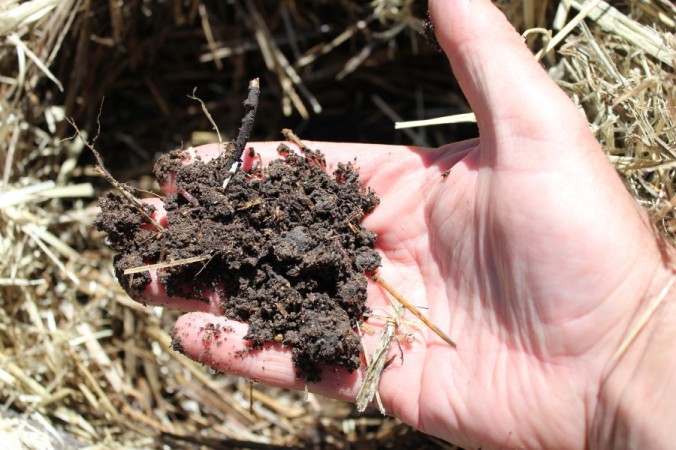
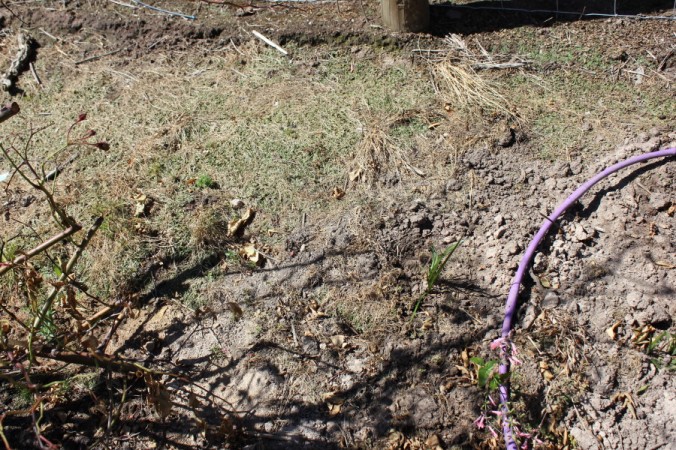
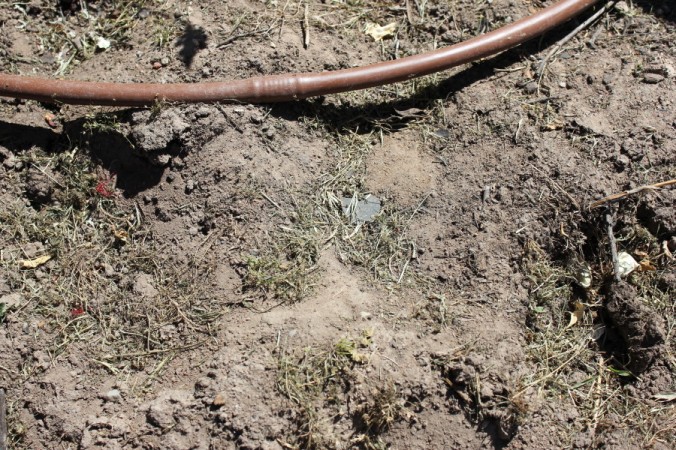
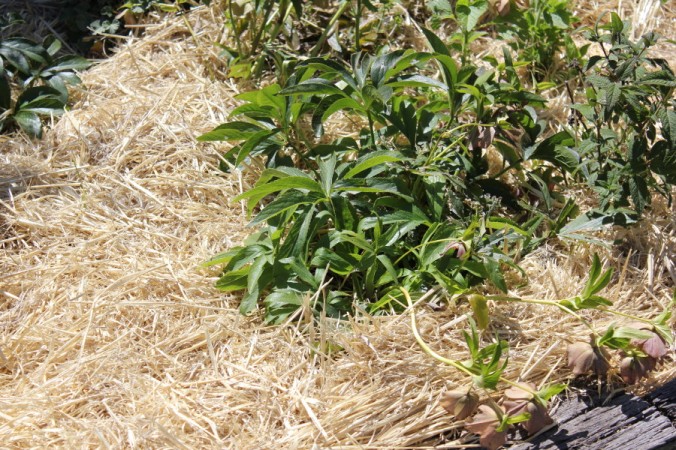
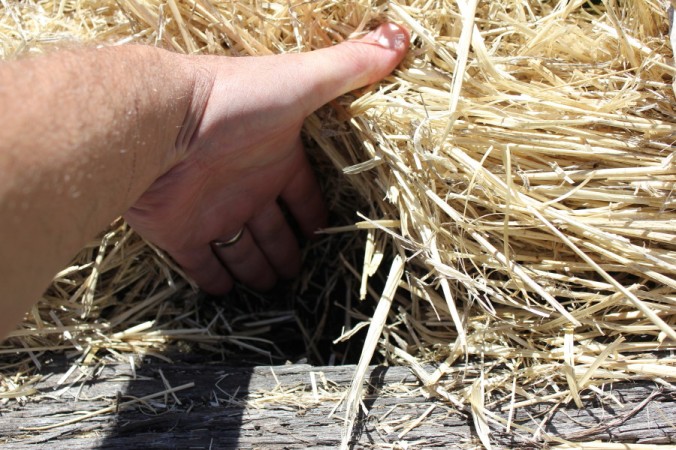


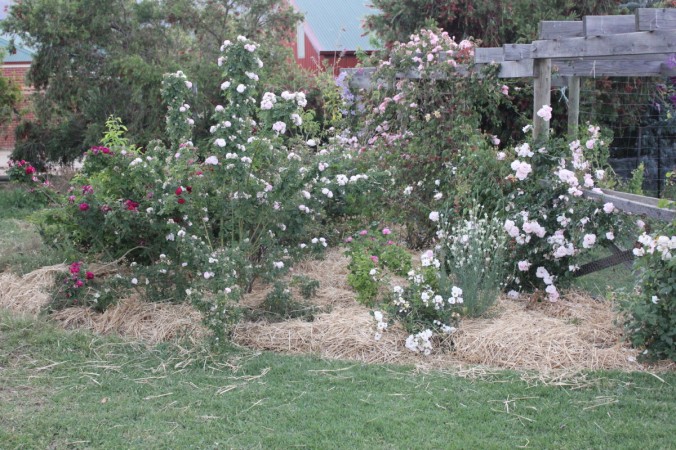
GREAT POST!!!
LikeLike
Thanks heaps!
LikeLike